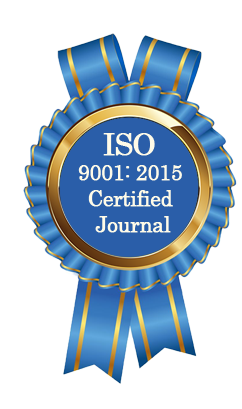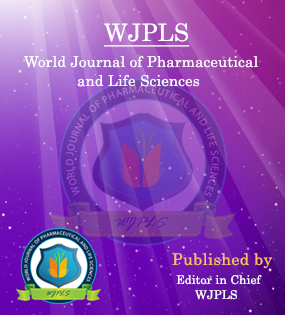Abstract
DISPOSAL OF MUNICIPAL SOLID WASTE AND ITS IMPACTS – A REVIEW
*Dr. A. M. Khole
ABSTRACT
Municipal solid waste (MSW) is commonly known as garbage, which consists of everyday items we use and throw away, such as food, paper, plastics, glass, wood, leather, metals, textiles, paints, cloth, batteries etc. This type of garbage comes from our houses, offices, educational institutions, hospitals, and businesses. India produces 277 million tons of MSW every year, according to a 2016 estimate. That’s more than 80% of the 334 million tons of waste generated across the South. Whereas, in 2010, 250 million tons of MSW were generated in the United States. Globally, about 71 percent of MSW are disposed of in landfills (Aldriana & Elaine, 2003). Studies show that landfill is the most popular destination for solid waste, by a wide margin. The majority of landfills throughout the world send their trash/garbage to the dump. The testing of groundwater is important to determine whether waste materials have escaped from the landfill. The storage of any waste material in a landfill poses potential problems. One problem is the possible contamination of soil, groundwater and surface water that may occur as leachate produced by water or liquid wastes moving into, through and out of landfill. The purpose of this review paper is to focus on the adverse effect of dumping of municipal solid waste (MSW) at disposal sites on groundwater quality. The groundwater gets contaminated/polluted and causes certain water borne diseases.
[Full Text Article] [Download Certificate]WJPLS CITATION 
| All | Since 2019 | |
| Citation | 422 | 322 |
| h-index | 9 | 7 |
| i10-index | 4 | 2 |
INDEXING
NEWS & UPDATION
BEST ARTICLE AWARDS
World Journal of Pharmaceutical and life sciences is giving Best Article Award in every Issue for Best Article and Issue Certificate of Appreciation to the Authors to promote research activity of scholar.
Best Article of current issue
Download Article : Click here





